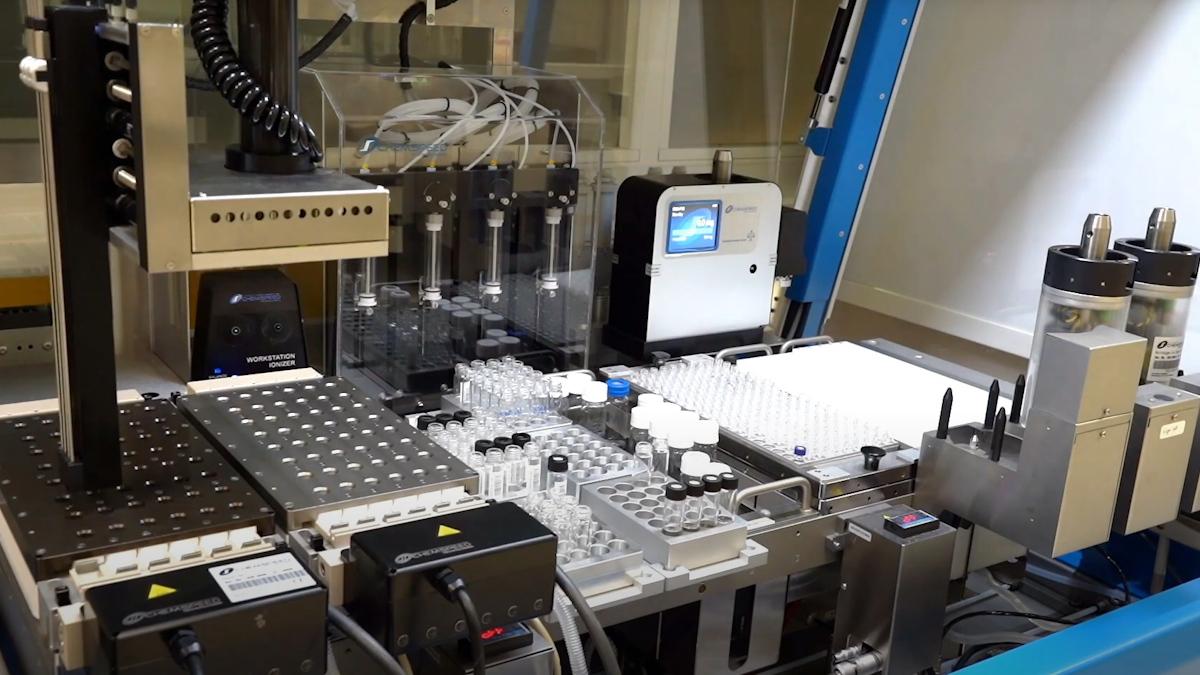EMA backs SV95C as digital primary endpoint for DMD trials

The EMA has endorsed a digital measurement using wearables developed by Sysnav Healthcare as a primary endpoint for use in trials involving patients with Duchenne muscular dystrophy (DMD), said to be a first for any medicines regulator.
According to the agency, the Stride Velocity 95th centile (SV95C) measure can be used as an alternative to the widely used six-minute walking test (6MWT) in pivotal DMD trials involving patients aged four and over.
The new approval follows SV95C's qualification by the EMA as a secondary endpoint for DMD trials in 2019, but means that, for the first time, it can now be the main outcome measure in a study, and not simply play a supporting role in the development of new DMD therapies
The qualification marks the culmination of 14 years of work by a consortium of partners, including technology developers, academia, the pharma industry, caregivers, and - most importantly - patients and families living with DMD.
The 6MWT is often considered a 'gold standard' used to assess physical activity in DMD, but infrequent and strenuous in-clinic assessments don't capture real-world ambulation, particularly in contexts that may matter to a patient's ability to participate in daily activities that affect their quality of life.
SV95C has the potential to reduce the required sample size needed in trials, decrease patient burden, and capture real-world ambulation in contexts that matter to patients.
It is an objective, real-world digital ambulation measure of peak performance – representing the speed of the fastest strides taken by the wearer over a recording period of 180 hours – using Sysnav's ActiMyo and Syde wearable devices. These can track movement, but don't rely on GPS positioning and so protect patient privacy.
The need for an improved, less intrusive endpoint has become even more pressing now that a new generation of DMD therapies, including gene therapies, is starting to reach the market.
While there is significant promise in new therapy development for Duchenne, measuring the impact of an intervention can be difficult due to the heterogeneity of disease progression, according to Pat Furlong, president of the Parent Project Muscular Dystrophy organisation.
"It is critical to measure treatment efficacy objectively and rigorously," she said. "SV95C is this piece of the puzzle, a real-world digital endpoint that has the potential to decrease the duration of studies, lower enrolment requirements, and advance the approval process."












